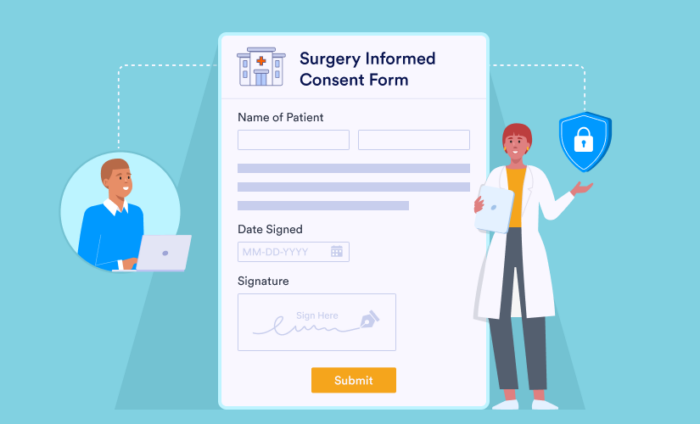Steps to improve your patient onboarding process
- Train your staff to onboard patients properly
- Streamline your onboarding paperwork with software tools
- Designate employees to help monitor and improve your onboarding
If you’re going to a new doctor or switching healthcare systems, you likely don’t look forward to the onboarding process. No matter how amazing the healthcare organization is, the amount of paperwork involved in getting added to the system can be overwhelming.
However, it’s not only the patients who are drowning in paperwork. After all, your staff members have to enter all of this information into your records.
So how can you make the onboarding process easier for your staff and patients? Let’s examine three ways you can optimize your patient onboarding process.
1. Train your staff to onboard patients properly
Your employees not only need to explain the onboarding process to patients, but they’ll also need to double-check all the paperwork at the end of the appointment. If you train your staff to onboard new patients properly, they’ll be better equipped to ensure that patients are providing the required medical information.
Here are some basic things to include in your training.
- Train staff to provide great customer service. The healthcare industry is also considered a service industry, so make sure employees understand how they should treat patients during the onboarding process and how they can help patients with any potential issues that might come up.
- Explain when your practice needs information and when it doesn’t. Your organization may require additional forms if patients have a certain type of health insurance, require a specialized type of care, or have specific ongoing health conditions. Employees need to know when these extra forms are necessary and when patients can skip them.
- Show some example forms. If your forms are complicated or your staff members are having trouble figuring out how the completed forms should look, then you may want to give employees some filled-out forms as an example. Just make sure these forms don’t contain real patient information, as that could be a HIPAA violation.
2. Streamline your onboarding paperwork with software tools
The most time-consuming portion of onboarding a patient is having them fill out paperwork. While it’s not possible to completely eliminate forms from your onboarding process, you can make it easier for patients to fill them out.
Here are some ways to reduce your physical paperwork.
- Use online forms instead of hard copies. Online forms make filling out and collecting paperwork faster and more efficient. Plus, using online forms allows you to create a paperless onboarding process, which saves resources.
- Customize your forms using conditional logic. When you customize your online forms using conditional logic, the form can show patients the right follow-up questions depending on their answer to a medical question. Or, it can bypass subsequent questions if the patient indicates that the subject doesn’t apply to them.
- Use table templates as a database for collecting data. Using healthcare spreadsheets that integrate with your online forms will provide you with a database that automatically adds the data from your patient input forms to the tables.
- Choose a HIPAA-friendly form creator. HIPAA requires that healthcare organizations protect their patients’ personal health information. Using a HIPAA-friendly online form builder like Jotform helps you prevent data breaches — and the legal trouble that comes with them.
3. Designate employees to help monitor and improve your onboarding
As patient expectations evolve, it’s important that your healthcare organization keeps up. Because your staff members deal with the onboarding process on a regular basis, they’re in the best position to see what’s working and what’s not. Designating certain employees to monitor the onboarding process can help you identify better methods of onboarding your patients.
To make sure this monitoring program works, try these tips.
- Select employees at different levels. Choose a variety of staff members, including some in management and some who directly interact with patients. If your organization has both clinics and hospitals, then select employees from both.
- Consider new suggestions seriously. Weigh both the pros and cons of implementing any suggestions employees make.
- Test new policies before you implement them across your organization. You also need to test policies in different healthcare settings if you manage a variety of healthcare facilities. This ensures that your policies are actually effective.
Get on board with enhancing your onboarding experience
Onboarding can be a frustrating process. While your staff needs to collect the patient’s medical information and add it into the system, your patients are just trying to get through all the paperwork. By using online forms, you can streamline your patient onboarding process for everyone involved.
Jotform has the form-building expertise you need to create the right online forms for patient onboarding. Our HIPAA-friendly form templates enable you to collect the patient information you need without worrying about data breaches. Check out our online form templates for healthcare to get started on streamlining the patient onboarding experience.






































































































Send Comment: